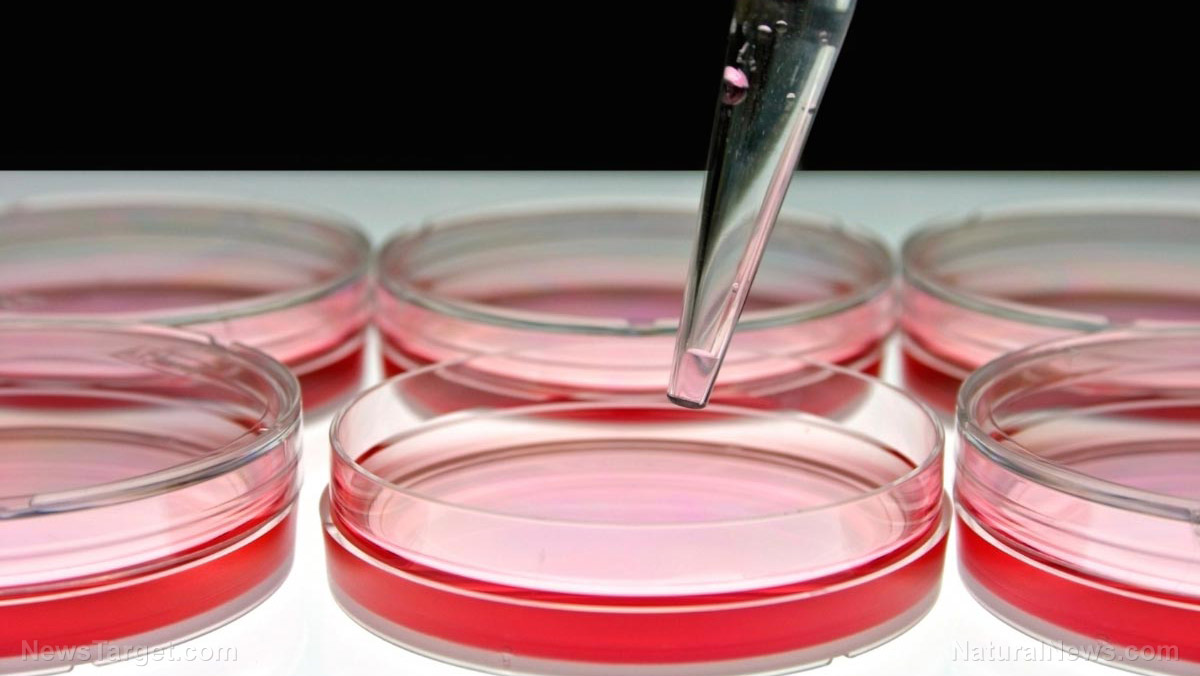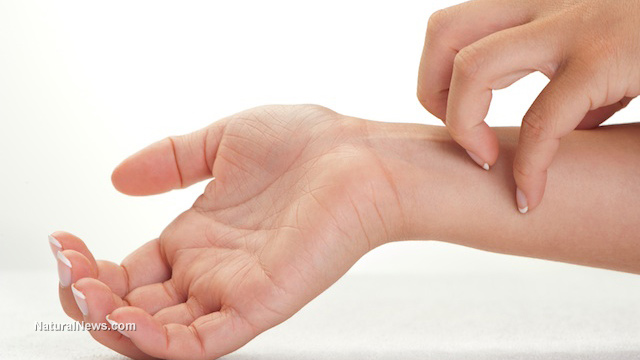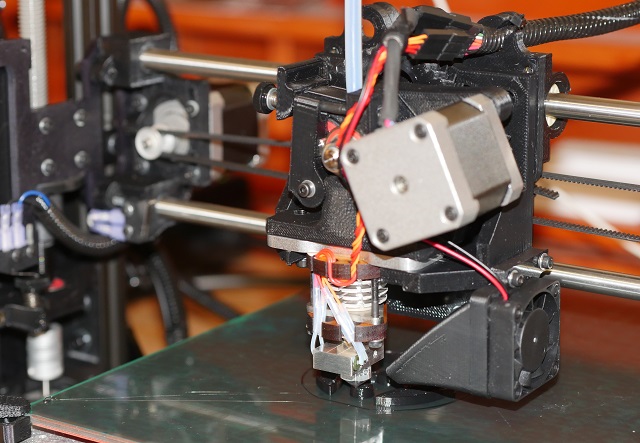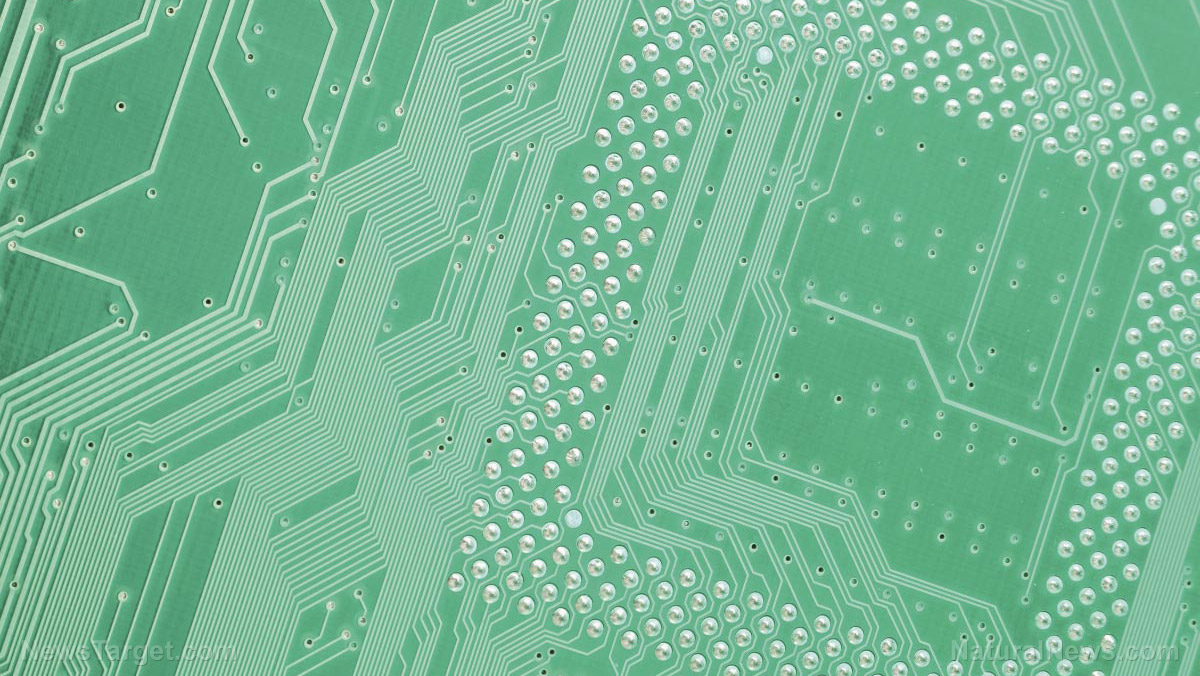Pulling off bandages could become less painful in the future, thanks to light
03/13/2019 / By Ralph Flores
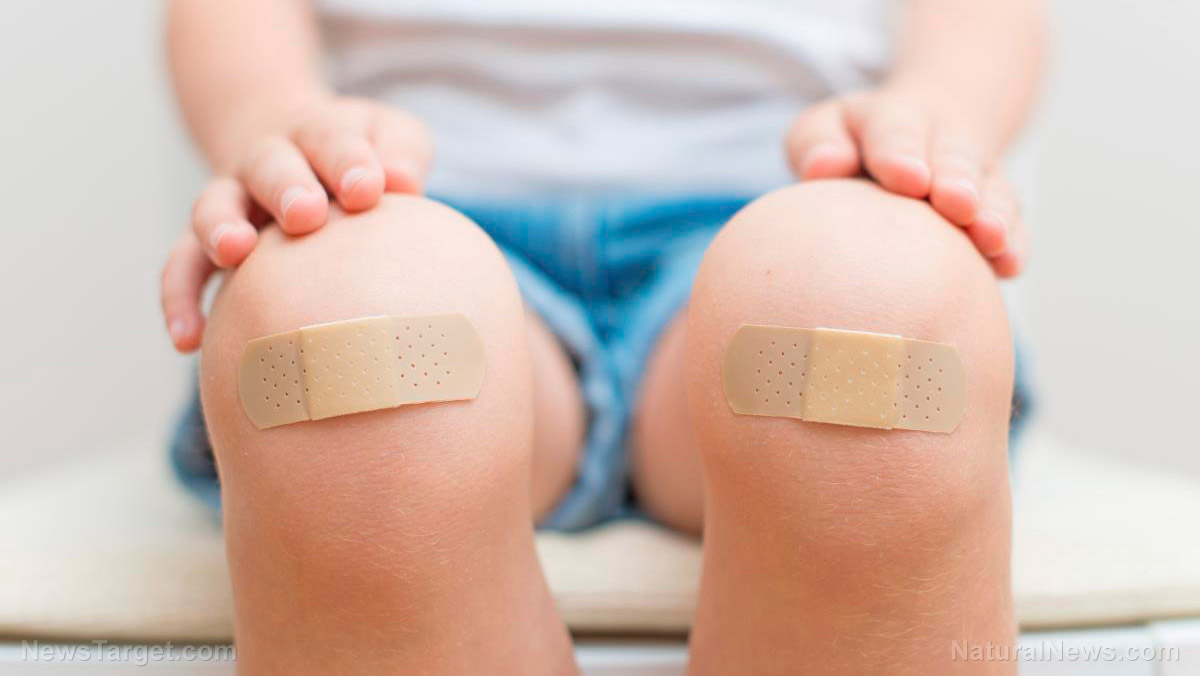
Every parent knows that the quickest way to soothe a crying child after stubbing his toe or scraping his knee is to apply an adhesive bandage. It’s even known to make the “boo-boos” disappear.
Taking it off, however, is a different – and painful – story.
Luckily, a study by researchers from the Harvard John A. Paulson School of Engineering and Applied Sciences and Xi’an Jiaotong University in China might just make pulling off bandages a lot less painful. Their paper, published in the journal Advanced Materials, describes a new type of adhesive that can adhere well to wet materials like hydrogel and living tissue, but can still be easily removed using a specific light frequency.
While this can make yanking off stubborn bandages a thing of the past, the researchers are looking for even broader applications in medicine – and even wearable robotics.
Like making a sandwich, but stickier
To develop the adhesive, the researchers turned to a process known as topological entanglement. It works similarly to making a jam sandwich, where two non-sticky materials have a “filling” of aqueous solution of polymer chains. Without the adhesive solution, the materials cannot adhere together, but the solution sutures both materials to itself, with its polymer chains forming a network with preexisting polymer networks.
The resulting network of stitches are indeed sturdy, but can be dissolved using ultraviolet light. In the study, the researchers tested the material’s adhesion and detachment properties on various materials, including hydrogels, organic tissue, elastomers, and inorganic solids.
“Our strategy works across a range of materials and may enable broad applications,” explained co-lead author Kangling Wu.
The team also looked at the possibility of using frequencies other than UV light to trigger detachment. While their current paper focused on UV light, further studies could explore the possibility of using near-infrared light to detach the stitching polymer, opening itself to a range of new medical procedures.
For lead author Zhigang Suo of Harvard’s SEAS, their approach answers a challenge that appears in nature – making wet materials adhere together. With the new adhesive, wet materials can now adhere together, thanks to the molecular sutures created by the adhesive’s polymer chains.
“The strong adhesion can be made permanent, transient, or detachable on demand, in response to a cue,” he added. “So, as we see it, nature is full of loopholes, waiting to be stitched.”
The new adhesive isn’t just painless and non-invasive – it’s also beneficial for the environment, given that it uses light – and not solvents.
“Strong adhesion usually requires covalent bonds, physical interactions, or a combination of both,” explained Yang Gao, a researcher at Xi’an Jiaotong Unversity and also the paper’s first author. “Adhesion through covalent bonds is hard to remove and adhesion through physical interactions usually requires solvents, which can be time-consuming and environmentally harmful.”
“Our method of using light to trigger detachment is non-invasive and painless.” (Related: Innovative new antimicrobial adhesive uses essential oils to reduce bacterial infection risk in Europe’s hospitals.)
Make pulling bandages a pain-free experience
Indeed, a light-activated adhesive is the next step for pain-free bandage-pulling, but here are tips that you could use now on your little ones — or even yourself — to make removing bandages a breeze.
- Create a tab first, then yank quickly. If you think that “letting it rip” is the best solution, make sure to peel back an edge of the adhesive first. This allows you to get a good grip, before pulling it off. It’s important to pull it parallel to the skin – this encourages the adhesive to release itself rather than stick to the skin more.
- Remove it after a bath. Going for a soak in the tub, or even a quick shower, with the bandage still on, can weaken the adhesive. This can result in either the bandage falling off on its own, or peeling off easily afterward.
- Use olive oil. Dabbing a cotton swab in olive oil and gently rubbing it over the bandage will make it easier to peel off. To see if it’s working, check if the corners of the adhesive are coming off.
- Freeze it. Some ice cubes wrapped around a thin towel could make yanking an adhesive bandage easier, thanks to its ability to make adhesives brittle and easier to pull. (Side benefit: numbing of skin.)
Learn more about the applications of technology in medicine at MedicalTech.news.
Sources include:
Tagged Under: adhesive bandage, Chemistry, discoveries, future technology, innovations, light activated adhesive, medical materials, medical technology, pain free bandage, polymer chains, research, topological entanglement

